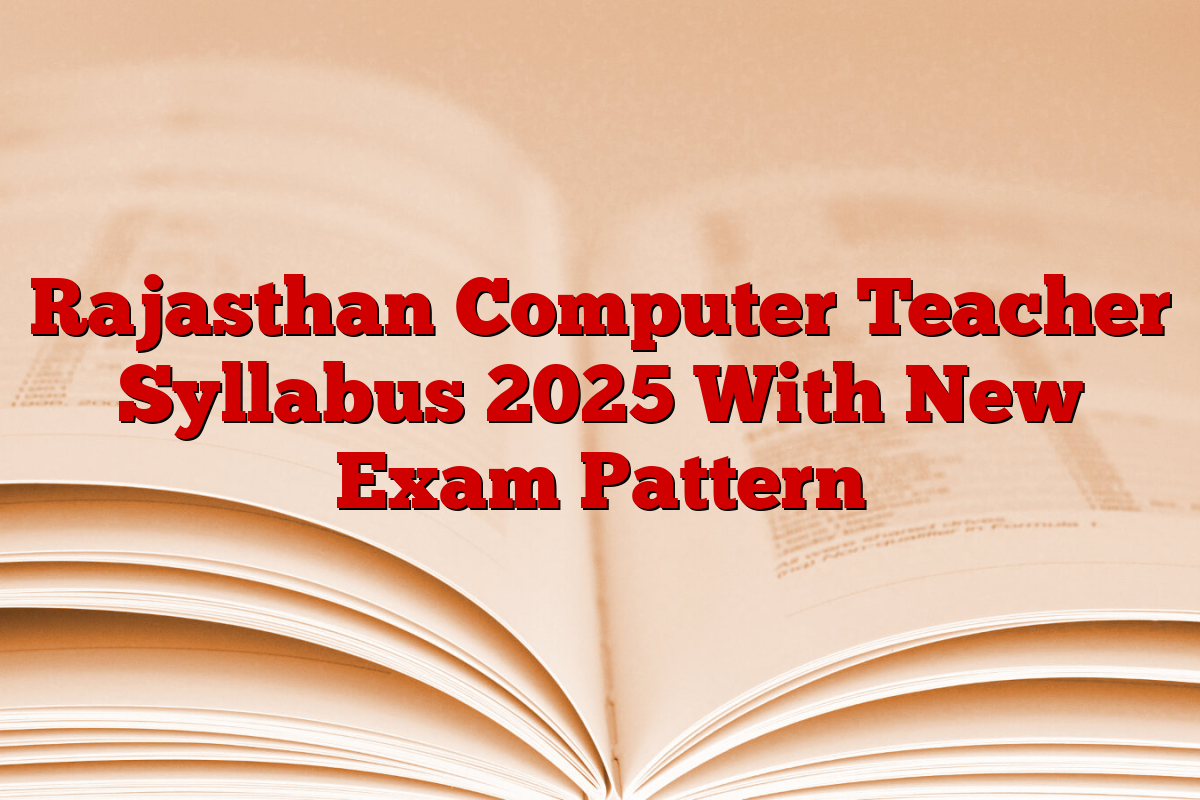| Subjects |
Subject |
| Pedagogy |
, |
| mental capacity |
Decision and problem solution, data interpretation, data adequate, logical logic and analytical ability, major development in the field of information technology. |
| Basic principles of computers |
Number system, arithmetic operation, introduction to various categories of computer language, functional details of input and output equipment. |
| Programming fundamental |
C, C ++, Java, Dotnet, Artificial Intelligence (AI), Machine Learning, Python and Block Chain, Programming, Data types (manufactured and user defined), variable scope, precedence of operators, control flows, functions, arrays, structures, structures, structures and unions, calculations, types and file handling, types and file handling, command line |
| Object Oriented Programming using C ++ and Java |
Objects and classes. Inheritance, polymorphism, event and exception handling, files and streams. |
| Data structure and algorithm |
Abstract data types, data structures as arrays, storage, stacks and stack operations, queues, binary trees, binary search tree, graphs and their representation, sorting and searching, list linked to the symbol Table v/s array. |
| Algorithm |
Tree traversal, branch and bound and greedy methods, complexity of algorithms. |
| Digital arguments systems |
Boolian Expressions, K – Maps, TTL and CMOS Logic Families, Combinian Logic Design Half/Full Eders, Sub Tractors, and Multiplexor, Syncronous using Synchronous Graduate System Designs |
| Computer organization and architecture |
Von – Computer’s Pneumon Architecture. Register and Micro Operations, Control Logic, Processor Addressing and Bus Organization. Processor input / output and DMA. Memory organizations and cache consistency. |
| Operating system |
CPU Scheduling, Daitalk, Memory Management, File System, Disk Scheduling. The concept of distributed environment and client server architecture in RPC. Process, threads and their synchronization. |
| real time |
Watch synchronization and task scheduling.
System Initiativeization, Booting and Handling User Accounts. Bourne shell programming for backup and restoration, Linux.
|
| Database Management Systems |
E -R models, related algebra, calculus and database, integrity barriers, trigger, generalization and sequencing. Transaction processing, consent control and relationship database management system (RDBMS). |
| Software engineering |
System development life cycle stages. System modeling. Software requirement specifications and DFDs. Introduction to software testing, software project management. |
| Data and computer network |
Networking, data communication terminology, transmission media, development of network equipment. TCP/IP & OSI/ISO reference model, function of various layers, characteristics of physical media, multiplexing in physical layer, medium access protocol, 802.3, 802.4, 802.5, 802.11 LAN introduction of LAN technologies, routing and rush control, TCP and UDP, DNS. |
| network security |
Group, ring and field finite location, principles of yular and firmat, primary testing, security services and mechanisms, symmetric and asymmetric encryption including DES, AES, AES, Idea, RSA algorithms, symmetric and asymmetric encrys, major management, message authentication and hasing, email safety, viruses and viruses (lain Virus, network, |
| Basics of communication |
The spread of EM waves via channel capacity, attenuation, communication loss, free space (except free space models). A brief introduction to PCM and Delta Modulation, WDM, GSM and CDMA based communication systems. |
| Web development |
The importance of HTML/DHTML, using web page HTML, the importance of document object model concept and document object model, dynamic HTML document and document object model. Introduction to the origin of the Cascading Style Sheet (CSS), Extensible Markup Language (XML), PHP and Java script. |
